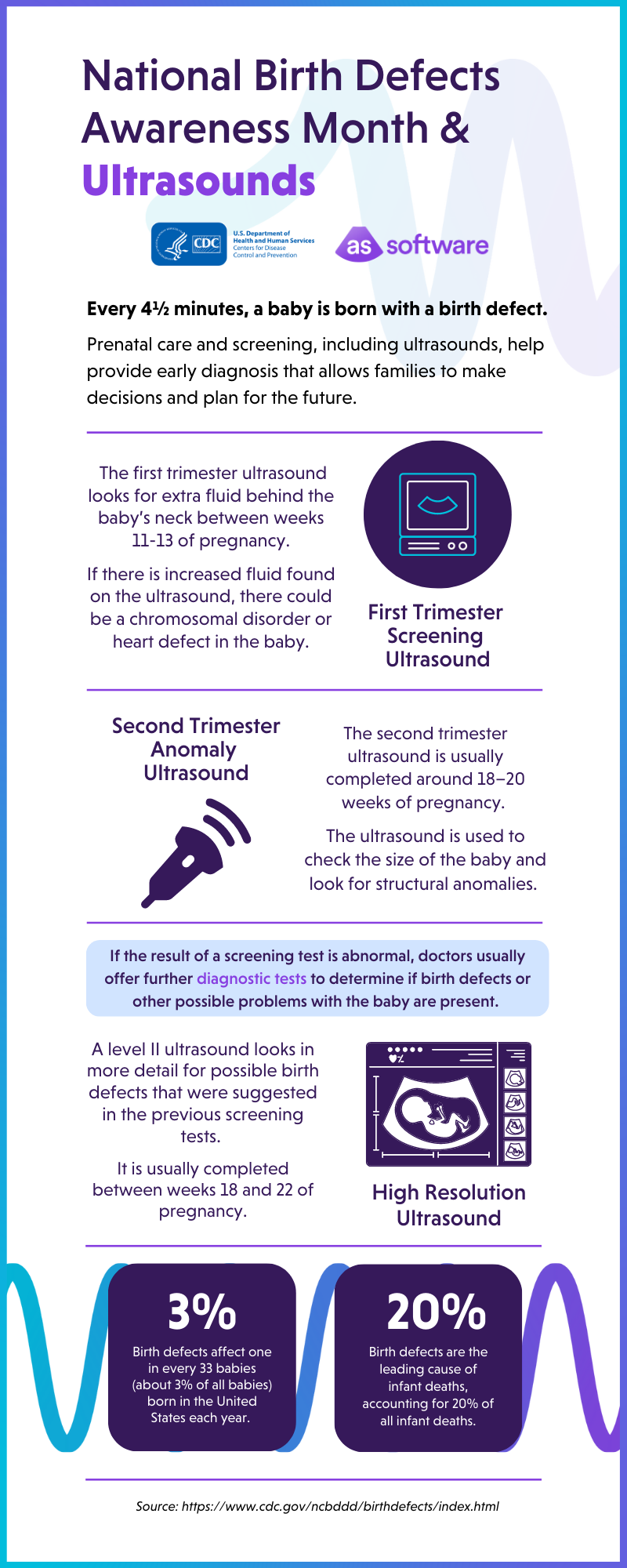Sonographers are an essential part of diagnostic ultrasonography, which has rapidly grown into a powerful and invaluable medical tool.
Using ultrasound, doctors can monitor a variety of health conditions from heart disease to breast abnormalities to several gynecological problems-accurately while limiting invasive procedures. Ultrasound helps doctors make a diagnosis and determine the best and most effective means possible to achieve health. (SDMS)
The demand for sonographers is rising, and as the profession grows faster than average, more sonographers are experiencing the physical and mental demands and work-related musculoskeletal disorders (WRMSDs) that accompany sonography.
It’s important that both sonographers and employers understand the physical toll of the profession and take the necessary steps to alleviate and prevent sonographer pain and encourage safe working environments that reduce the risk and prevalence of WRMSDs.
Why do sonographers experience painful WRMSDS?
Sonographer scanning techniques include repetition of physical risk factors that strain tendons, inflame muscles, and place pressure against nerves. “WRMSDs symptoms include inflammation and swelling, numbness, muscle spasm, burning or tingling, and loss of sensation. Some of these symptoms may cause a loss of muscle strength, making it difficult to hold a transducer. As this is a cumulative disorder, seemingly minor symptoms can progress over time to more serious, even debilitating, symptoms.” (Coffin C)
Some typical activities that can lead to sonographer pain over time include:
- Flexing, extending, and applying pressure to the wrist when using a transducer.
- Making the same muscle movements repeatedly, without adequate rest between exams.
- Sustained contact pressure with the exam table.
- Reaching with the shoulders and bending the waist and neck out of a neutral position to complete scans.
Awkward postures of the trunk, neck, and upper extremities, as well as excess gripping and downward force applied with the transducer, contribute to sonographers’ symptoms of discomfort and risk for injury. For sonographers, the mechanism of injury to the shoulder is felt to correspond to frequent abduction of the scanning arm combined with static loading of the muscles related to pressure applied with the transducer. (SDMS)
Why is addressing sonographer pain so important?
The physical and mental toll of WRMSDs on sonographers is extensive. Over time it affects their ability to perform not only their professional duties, but also daily living activities.
The study “Work-Related Musculoskeletal Disorders (WRMSDs) Among Registered Diagnostic Medical Sonographers and Vascular Technologists” indicated that 90% of clinical sonographers experienced symptoms of WRMSDs.
In addition to physical pain, WRMSDs both contribute to and can be exacerbated by the psychological stress of the profession. “Increasing workload, poor control over schedule, and lack of management support lead to mental burn-out, anxiety, and decreased job satisfaction. Sonographers may scan in pain to meet the department’s demands contributing to the development of WRMSDs.” (AIUM)
The impact of these injuries on so many sonographers can cost employers up to $20 billion yearly in direct costs such as Worker’s Compensation and medical expenses, and up to five times that in indirect costs such as lost revenue, absenteeism, and costs related to hiring and training new employees. (SMDS)
How can employers help prevent WRMSDs?
Employers should closely follow industry standards to prevent WRMSDs, which have been provided by the Society of Diagnostic Medical Sonography.
The Occupational Safety and Health Administration also recommends implementing a more ergonomic workflow to reduce the severity and cost of WRMSDs.
The process includes these steps:
- Provide support to management and define clear goals for reducing sonographer pain.
- Involve sonographers and allow them to voice their concerns and suggestions for reducing exposure to risk factors.
- Provide early and ongoing training on proper scanning techniques.
- Evaluate and identify the workplace for potential risk factors.
- Encourage early reporting of symptoms to help prevent or reduce the progression of symptoms
How can sonographers help prevent WRMSDs?
The Reports in Medical Imaging article “Work-Related Musculoskeletal Disorders in Sonographers: A Review of Causes and Types of Injury and Best Practices for Reducing Injury Risk” outlines positioning tips to help sonographers prevent strain.
Positioning tips:
- Ensure you can move the length of the exam table to prevent reaching back.
- Position yourself in front of the most frequently used keys on the ultrasound control panel.
- Use an arm support device while scanning.
- Reduce arm abduction and over-reaching by lowering the exam table and/or raising the chair.
- Have the patient move close to the sonographer and position the ultrasound system’s control panel close to the sonographer.
More specialty-focused best practices are also outlined in the article, available here.
Preventive measures range from simple work posture changes that conform to the department’s existing equipment to upgrading the department with state-of-the-art ultrasound systems, exam tables, and chairs. (Coffin C)
It’s important to understand the long-term impact of WRMSDs on sonographers and their workplace. By taking steps to prevent and mitigate sonographer pain, sonographers, employers, and equipment and technology providers can help improve workplace morale and reduce pain.
AS Software provides more effective ultrasound reporting and customized support to help create safer working environments and ideal workflows for sonographers, so they can have more time in their day for adequate breaks. To learn more about how we can help reduce sonographer pains, schedule a demo.





